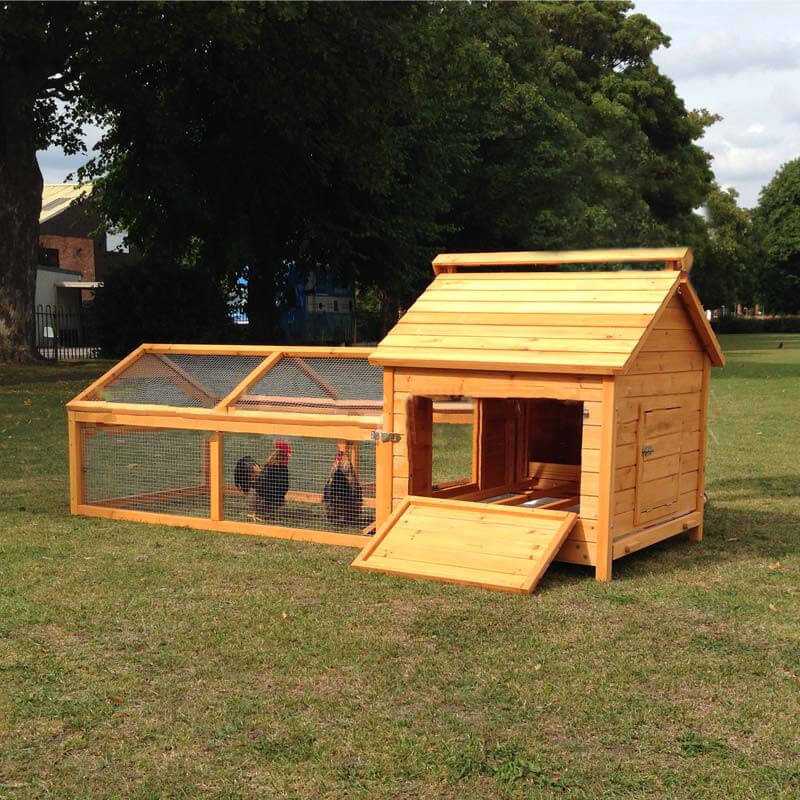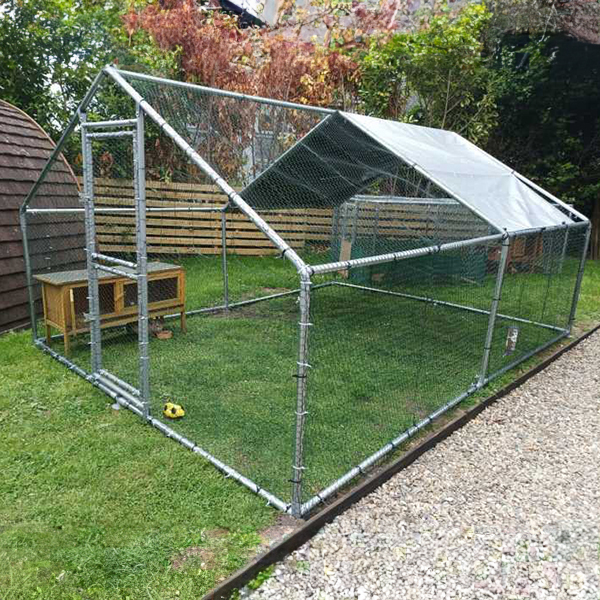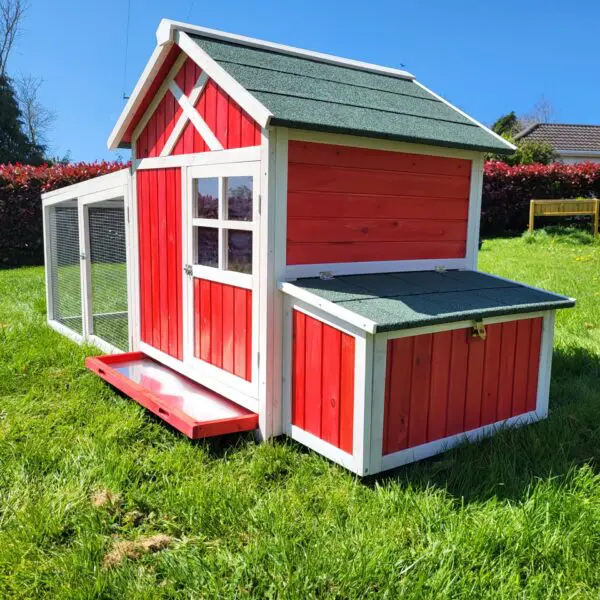Keeping Chickens Safe from
Predators and Pests
Foxproofing
Although Ireland does have some stouts, minks and predatory birds, the most common threat to chickens are foxes.
Foxes do love a chicken dinner. So how do you keep them from attacking hens in coops? Whilst all our coops are foxproof, it is recommended to do some additional work to keep your flock safe. Make sure the coop is securely enclosed and there are no gaps or openings for a fox to get through. Install sturdy fencing with a buried footer to keep foxes from digging underneath. Additionally, cover the top of the coop with chicken wire or mesh to prevent foxes from jumping or climbing in. Lastly, use motion-activated lights or noise machines to scare away any foxes that come near. With these steps, you can help keep your chickens safe from fox attacks.
Aside from the above, you can utilise additional day-to-day safety measures:
- Avoid releasing your flock too early in the morning into an unprotected region. It’s highly likely that a fox may be waiting there if there isn’t enough noise and disruption in the neighbourhood.
- Maintain strong limits. Foxes will try to take advantage of any vulnerability, whether it’s an electric fence short circuit or enlarging a rabbit-made hole. Even though it can take the fox weeks to locate one, you can be sure that if your hens are in its typical search area, it will check.
- Explore your area at irregular times. A pattern in your motions is no different to weakness in your fence. While foxes are primarly nocturnal, they are also known to hunt during the day if needed.
- Always latch the coop door for the night and check if the fencing and other measures are safe and secure.
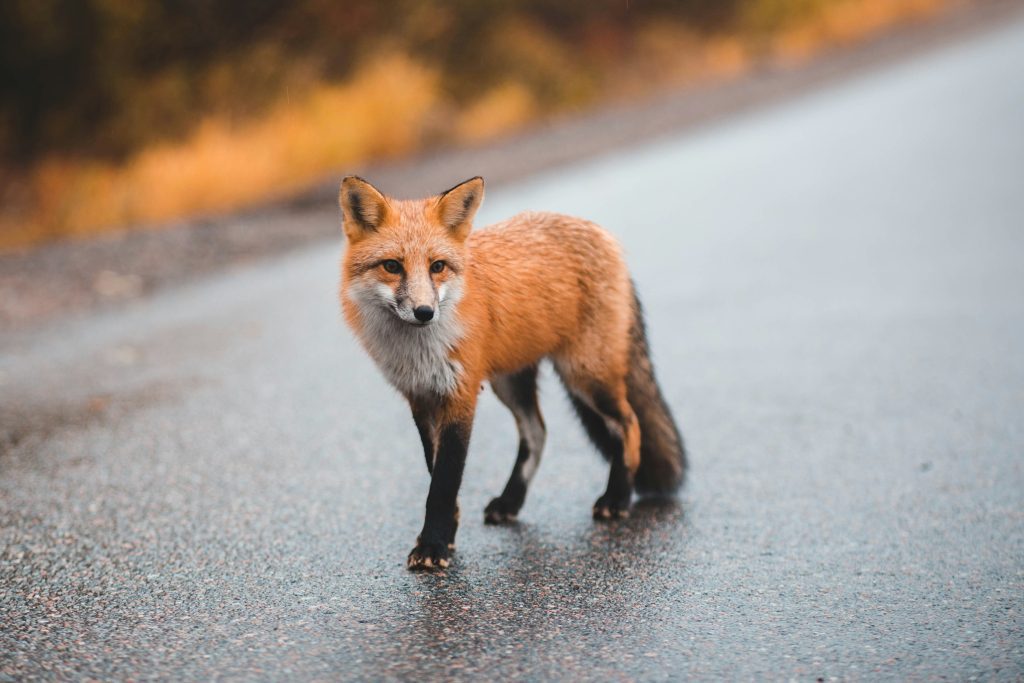
Motion-sensitive lights
You could install motion-activated lights to keep predators away from the coop at night. The light will startle predators, making them at least hesitant to move forward. Please be aware that this deterrence may not always be effective because predators can become accustomed to the lights and understand that nothing else will happen.
When the lights come on, go outside and shoo them away to make this strategy effective! After some time, they might stop trying since they’ll start to associate the light with people turning off the lights. An additional measure may be placing an ultrasonic repellent at some distance from the light, to give predators a double scare.
Scarecrows
Scarecrows appear to be effective at keeping hawks and other avian predators away. The underlying idea is still valid: when predators detect humans nearby, they will be less likely to attack. A fake owl is another trick you could utilise. Given that hawks and other raptors scan their surroundings before striking, they are likely to refrain from attacking if they spot another predator nearby. Make sure to move the deterrent around to give it a convincing appearance.
Mesh trench
To keep burrowing predators out of the coop, a mesh trench is perfect for a more permanent coop. The mesh wall is buried beneath the ground and installed perpendicularly. The mesh should ideally be buried around a metre deep.
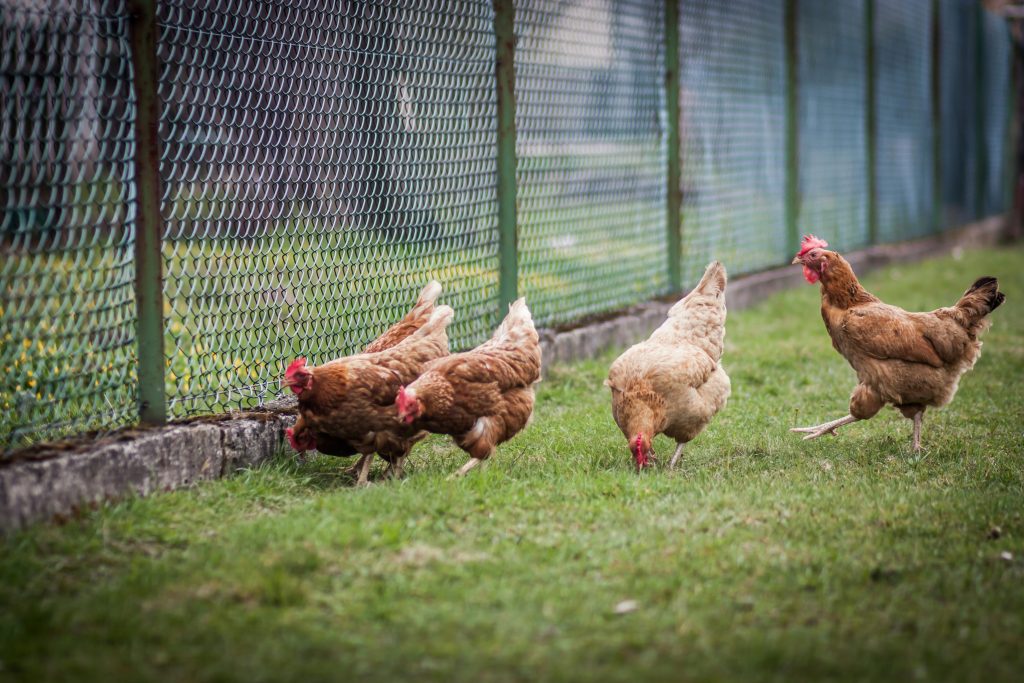
Securing the feed
Inadequately stored food might draw tiny predators, especially rats. Even though they’re too small to actually hurt fully grown hens, they may consume the eggs as well as spread diseases. Secure your feed supply in airtight containers and clean the coop of any unfinished feed to prevent rodents from congregating there. Even while it may require some more maintenance, it will be worthwhile to keep any bothersome rats out of your coop.
Small pests
You should treat any other animals or creatures as potential predators and take steps to prevent them from harming your hens or get rid of them completely. The latter would be preferable in the case of creepy crawly pests like flies and mites. Everyone is aware that flies can spread disease. Maintain a clean and dry environment around your coop to stop them from reproducing there. Flytraps aid in the problem’s resolution, but without prevention, the issue will continue.
Chickens' best friends
Dogs make excellent companions for both humans and other animals. Some canine breeds are more suitable than others for protecting animals. These protectors typically exhibit aggression toward animal predators but are kind to the animals they are entrusted to look after. It is recommended to let dogs stay outside at night while using them to guard your flock so they can accomplish their job effectively.
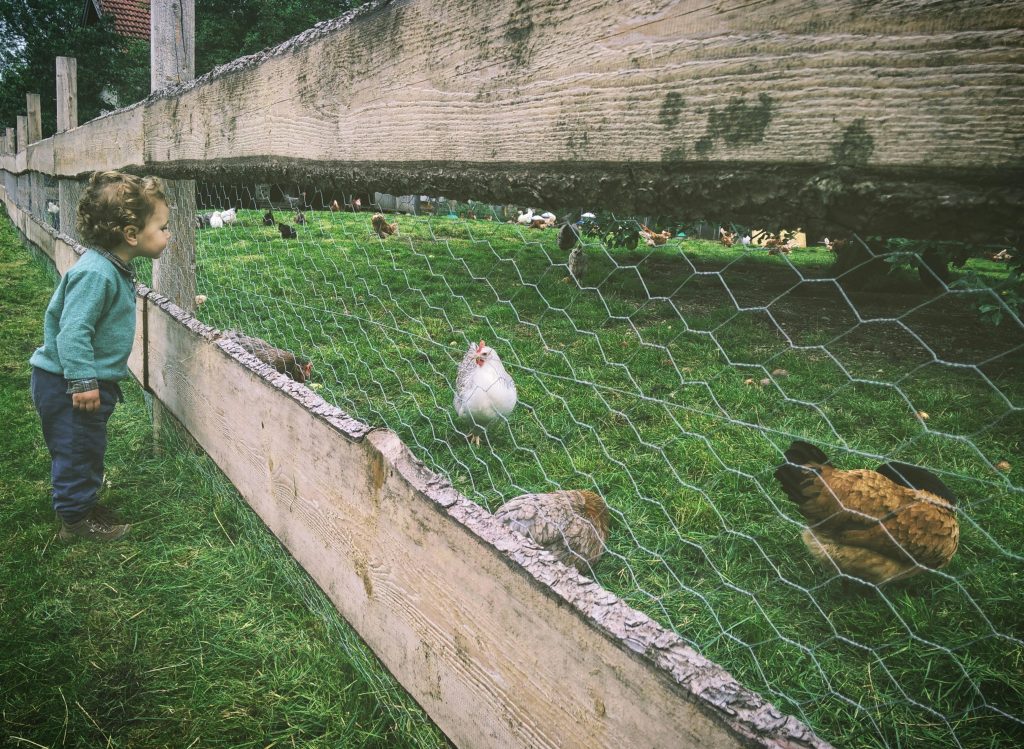
Security roosters
However helpless they may be in the face of powerful predators, roosters are useful as an alert system. They are on the lookout and keen on defending their flock, occasionally even engaging outsiders or repelling threats. Roosters are equipped not only with powerful beaks and claws, but also claw spurs on heels, capable of delivering significant cuts.
Location
You should place chicken coops in open areas. You may have seen enough nature documentaries to be aware that predators prefer to lurk and approach their prey slowly. To make it simple to keep an eye on the birds, think about placing the coop nearby your home, where it will be visible from a window.
Final reflections
Despite the numerous strategies you might employ, the basic 3 ideas for predator-proofing your coop are as follows:
1. Knowing potential threats.
2. Having a backup plan in case the deterrents don’t work, and avoiding attacks based on your knowledge of the predator.
3. Ultimately, you want to protect your chickens without seriously hurting the predator. They are still living beings that are only attempting to survive.
Our top 3 recommendations to help keep your chickens safe
Large Chicken Coop – 9-12 Birds – Natural Wood
- Locking hinged doors, both back and front
- Fox proof catch
- Slide out metal floor for easy cleaning
- Easy access ramp
- Large door (30 x 30cm)
- Adjustable, 4-position vent on top
- Swappable nest box side section
- Additional side door for an optional second nest box
- Compatible with our Compatible with chicken Run XXL (8–12 Birds)
- Water-based fungicidal treatment of wooden parts
- High quality materials
- Built to last
- Dimensions: 120 x 125 (including nest box) x 100cm (3’93” x 4’10” x 3’28”) ( L x W x H )
Hen Run With a Free Roof Cover
4 x 3 x 2m
- Large two panel door for easy access
- Lockable gate ensure security
- Includes free roof cover
- Step-by-step instructions included
- 18 m2 exercising area for pets
- Suitable for chickens, cats, rabbits, ducks etc.
- 210D waterproof UV-treated roof from Oxford fabric
- PVC green coated 1mm wire mesh
- Heavy duty 1mm thick steel tubing
- Galvanised steel frame & wire mesh
- Dimensions: 4 x 3m / 13.1 x 9.8 ft (L x W)
- Roof dimensions: 3.5 x 2m / 11.5 x 6.5 ft
- Shade Area: 6m²
- Door size: 1.6 x 0.5m / 5.2 x 1.6 ft (L x H)
- Pipe diameter: 32mm
- Pipe thickness: 1mm
Egg-Center Chicken Coop – 9-12 Birds – Red
- Locking hinged doors
- Nest box
- Felt roof with a tile style
- Slide out metal floor for easy cleaning
- The roof opens for ventilation
- Water based fungicidal treatment of wooden parts
- Predator proof catch on the door
- High quality materials
- Built to last
- Attractive wooden design
- Dimensions: 241 x 92 x 116cm (94.9 x 36.2 x 45.6 inches).

